In every crease, tear, or faded corner of an old photograph, there lies a piece of history. Photos are more than just pieces of paper with images on them; they are time capsules that transport us back to moments that would otherwise be lost in the annals of time. They give us glimpses into the past – an insight into how our ancestors lived, loved, and laughed. In essence, old photos are tangible pieces of our personal and collective history.
However, as time passes, these precious artifacts can become damaged due to various factors such as exposure to light, humidity, or simply the wear and tear of time. This is where the power of photo restoration comes in.
Photo restoration is the process of bringing these faded memories back to life by repairing the physical damage and enhancing the quality of the image. It involves a blend of art and technology, where professionals use advanced digital tools to restore the original beauty of the photograph. Whether it’s a picture from your grandmother’s wedding or a snapshot of a historic event, photo restoration ensures that these priceless moments continue to tell their stories to future generations.
In this blog, we’ll delve deeper into the world of photo restoration, exploring its importance, the process involved, and how you can preserve these restored pieces of history for generations to come. Stay tuned as we uncover the magic of bringing history back to life through the power of old pictures restoration.
The Art and Science of Old Pictures Restoration
Restoring old photos is a fascinating blend of artistry, technology, and history. It’s like being a digital archaeologist, carefully excavating details buried by time and damage, and a painter, filling in the gaps with educated guesses based on historical context.
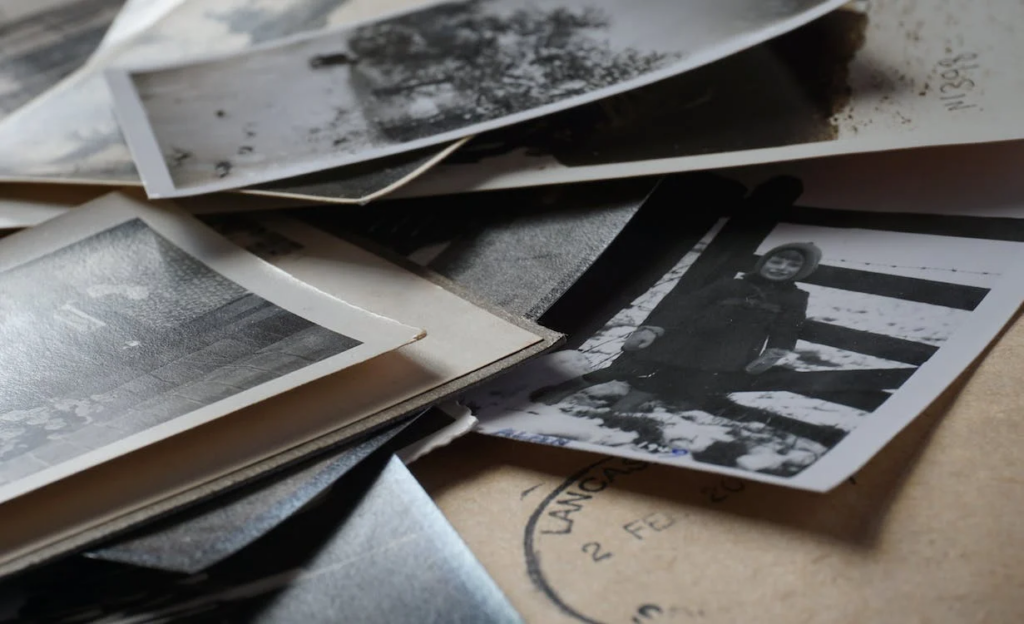
Understanding the Process of Photo Restoration
The process of photo restoration begins with a thorough examination of the photograph to assess the extent of the damage. This could range from simple age-related fading to more severe issues like water damage, tears, or even missing parts.
Once the assessment is completed, the restoration process commences. The first step is digitizing the photograph using a high-resolution scanner. This creates a digital copy which can be manipulated without causing further harm to the original photograph.
Next, using specialized software like Adobe Photoshop, the restorer starts the meticulous task of repairing the damage. This involves several techniques such as cloning (copying undamaged areas and pasting them over damaged ones), color correction, contrast and brightness adjustment, and even digital painting in some cases.
Get Your Photos Restored Today!
Discover the beauty of your old memories and get your photos restored today! Bring those moments back to life with our easy and convenient restoration service.
Technical Aspects Involved in Restoring Old Pictures
The technicalities of photo restoration require a deep understanding of both the software being used and the nature of photographs. Photograph restorer need to understand how colors fade over time and how to correct this digitally. They must also be proficient in using tools like the healing brush, clone stamp, and patch tool in their software of choice.
In addition, a good photo restorer must have a keen eye for detail and a solid grasp of historical contexts. Sometimes, they may have to research the time period of the photo to accurately restore elements like clothing, architecture, or even specific events captured in the photograph.
Restoring old photos isn’t just about fixing what’s broken; it’s about reviving the essence of the image, the story it tells, and the history it encapsulates. In the following sections, we’ll explore why this process is so important, and how it can breathe new life into our cherished memories.
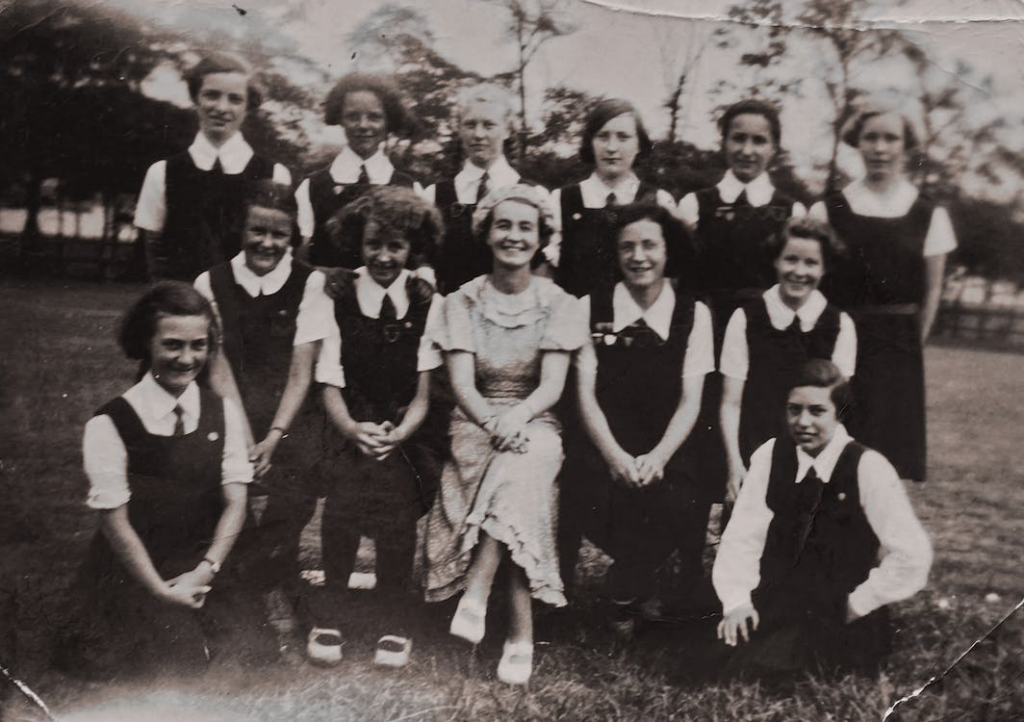
Why Restore Old Photos?
Restoring old photos is more than just a technical process; it’s an act of preserving our heritage, our personal narratives, and the collective memory of our society.
The Emotional Value of Old Photos
Old photos often hold immense emotional value. They are not just images but memories captured in time – of people, places, and moments that hold a special place in our hearts. They remind us of our roots, our journey, and the bonds we’ve built along the way. They connect us to our past, providing a sense of continuity and identity.
Get Your Photos Restored Today!
Discover the beauty of your old memories and get your photos restored today! Bring those moments back to life with our easy and convenient restoration service.
A restored photo can bring immense joy and nostalgia, evoking emotions that were thought to be lost forever. It can reconnect families, reignite friendships, and even provide closure in some cases. Restoring these photos is like breathing new life into these cherished memories, allowing us to relive those moments and share them with future generations.
The Importance of Preserving Historical Records
Beyond personal sentiments, old photos are invaluable historical artifacts. They offer a candid window into the past, showing us how our ancestors lived, the clothes they wore, the vehicles they used, and even the expressions they carried.
Preserving and restoring these photos helps us maintain a visual record of our history. It allows historians, researchers, and even ordinary people to study and understand the past in a way that written documents alone cannot provide.
In essence, restoring old photos is about preserving our history, both personal and collective. It’s about valuing our past and ensuring it continues to enlighten and inspire future generations. As we move forward, let’s delve deeper into the world of photo restoration and discover how it’s being done, who’s doing it, and how you can get your precious old photos restored.
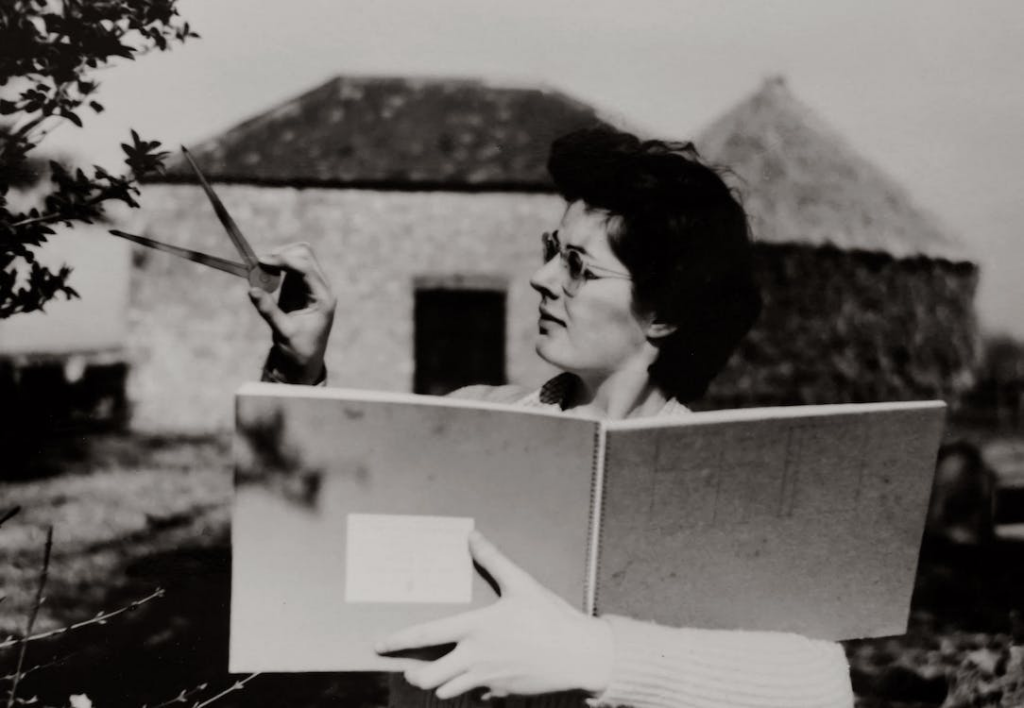
DIY vs Professional Photo Restoration
With the advancement of technology and the accessibility of photo editing software, the question often arises – should one attempt to restore old photos themselves or seek professional help? The answer depends on the condition of the photo and the expertise of the individual.
When to Consider DIY Photo Restoration
DIY photo restoration can be a feasible option if the damage is minimal, such as minor scratches, slight fading or small tears. There are various online tutorials and guides that can help you navigate the basics of photo restoration using popular software like Adobe Photoshop or GIMP.
Additionally, restoring your own photos can be a rewarding experience. It allows you to engage directly with your personal history and can be a fulfilling project for those who enjoy digital artistry or have a keen interest in photography.
The Advantages of Professional Photo Restoration
However, when it comes to more severe damage, such as water damage, mold, large missing parts, or intricate details that need attention, professional photo restorers are the way to go. They possess the technical skills, historical knowledge, and professional tools to handle complex restorations.
Professional photo restorers not only repair the damage but also enhance the overall quality of the image, often making it better than the original. They can accurately recreate missing parts, correct color distortions, and even remove unwanted elements.
Moreover, professionals ensure the preservation of the original photograph by working on a digital copy, thus avoiding any risk of further damage to the already fragile photo.
In conclusion, while DIY restoration can be a fun and engaging project for minor damages, professional services provide high-quality restoration for more severely damaged or historically significant photos. In the upcoming sections, we’ll take a closer look at the photo restoration process and discuss how to best preserve these restored memories for future generations.
A Closer Look at the Photo Restoration Process
Unraveling the beauty hidden beneath years of wear and tear requires patience, precision, and a deep understanding of both art and technology. Let’s take a closer look at the meticulous process that brings old photos back to life.
Step-by-Step Walkthrough of a Typical Restoration Process
- Assessment: Every restoration begins with a thorough analysis of the photograph to understand the extent and type of damage.
- Scanning: The photo is carefully scanned using high-resolution scanners to create a digital copy. This ensures the original is preserved and provides a platform for restorers to work their magic.
- Cleaning: The digital image is manually cleaned, removing dust, scratches, and other surface-level imperfections using various software tools.
- Restoration: This is where the heavy lifting happens. The restorer uses a variety of techniques to repair severe damage, such as recreating missing parts, fixing tears, or correcting severe fading.
- Color Correction: The restorer adjusts the color balance, contrast, and saturation to restore the photo’s original vibrancy.
- Final Touches: The restored image is fine-tuned, ensuring every detail is perfect and the photo looks as authentic as possible.
- Printing and Delivery: Once satisfied with the restoration, the image is printed on high-quality photo paper and delivered to the client. A digital copy is also provided for easy sharing and preservation.
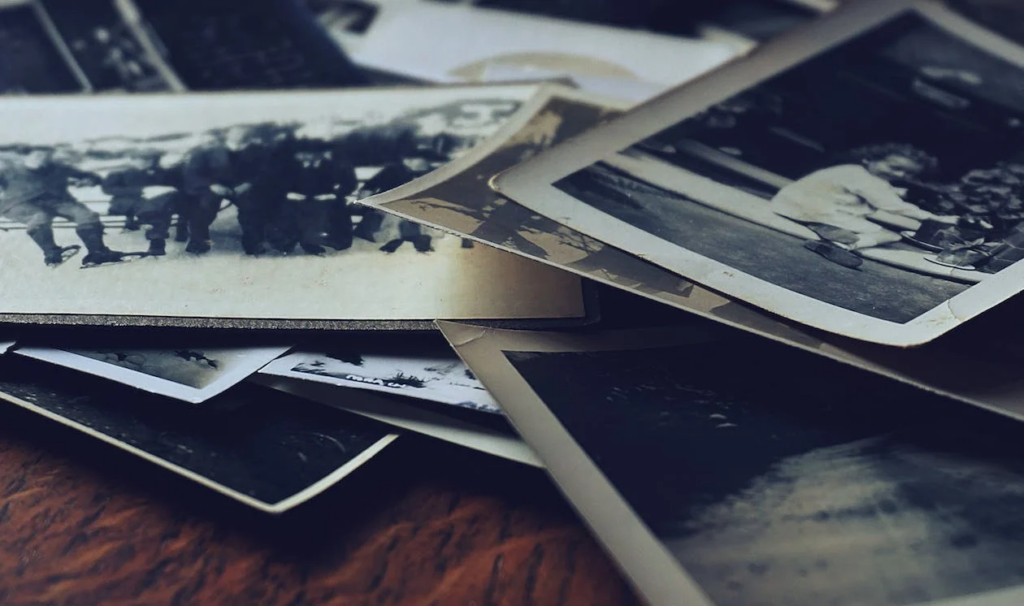
The Tools and Techniques Used by Professionals
Professional photo restorers use a combination of advanced software and manual techniques to restore old photos. Software like Adobe Photoshop, Lightroom, and GIMP are commonly used for their extensive range of tools and features.
Among the numerous techniques employed, some common ones include the clone stamp tool for copying and pasting undamaged areas over damaged ones, the healing brush for smoothing out minor imperfections, and the patch tool for replacing larger damaged areas.
In addition to these, professionals often use digital painting techniques to recreate missing parts of the image, ensuring the restored photo looks as authentic as possible.
Undeniably, photo restoration is a delicate blend of art and science. It involves both the precision of technology and the creativity of artistry to breathe new life into faded memories.
Preserving Restored Photos for Future Generations
Once your precious photos have been meticulously restored, it’s crucial to ensure they are preserved for the enjoyment of future generations. This involves careful handling, proper storage, and creating digital backups.
Get Your Photos Restored Today!
Discover the beauty of your old memories and get your photos restored today! Bring those moments back to life with our easy and convenient restoration service.
Best Practices for Storing and Handling Restored Photos
- Handle with Care: Always handle photos by their edges, and if possible, use cotton gloves to avoid transferring oils from your skin onto the photo.
- Use Archival Materials: When storing photos, use archival-quality photo albums or acid-free boxes. These materials are designed to protect your photos from harmful elements that can cause fading or discoloration.
- Avoid Extreme Conditions: Photos should be stored in a cool, dry place away from direct sunlight. High temperatures, humidity, and light can all cause photos to deteriorate over time.
- Separate Different Types of Photos: Different types of photos (like polaroids and prints) can react with each other over time, so it’s best to store them separately.
The Importance of Creating Digital Backups
In addition to physical preservation, creating digital backups of your restored photos is essential. These backups serve as an insurance policy against physical damage, loss, or further degradation of the original print.
Digital backups can be stored on your personal devices, external hard drives, or cloud storage services. They also make sharing your treasured memories with friends and family around the world as simple as the click of a button.
Preserving your restored photos ensures that the time, effort, and resources invested in the restoration process were not in vain. It guarantees that these glimpses into the past remain accessible and enjoyable for generations to come, continually adding value to our personal narratives and collective history. Up next, we’ll explore how MemoryCherish is helping individuals and families bring their history back to life through their professional photo restoration services.
MemoryCherish: Bringing Your Memories Back to Life
MemoryCherish is a leading photo restoration studio that breathes new life into your old and damaged photos. With a team of dedicated professionals, we have earned nationwide recognition for their meticulous attention to detail and commitment to preserving cherished memories.
What is MemoryCherish?
MemoryCherish is more than just a photo restoration service. It’s a team of passionate individuals who understand the emotional and historical significance of old photos. Whether you want to restore a beloved family portrait or a historic image, MemoryCherish employs a blend of artistry and technology to transform your faded memories into stunning masterpieces.
Services Offered by MemoryCherish
- Photo Restoration: MemoryCherish specializes in restoring old and damaged photos. Our experts can repair tears, remove stains, correct fading, and even recreate missing parts of the image.
- Photo Enhancement: Beyond restoration, MemoryCherish also offers photo enhancement services. This includes color correction, brightness and contrast adjustment, and adding a touch of vibrancy to make your photos look better than ever.
- Digital Conversion: MemoryCherish provides high-resolution digital copies of all restored photos, ensuring you have a backup that can be easily shared and preserved for future generations.
MemoryCherish understands the value that each photograph holds and treats every restoration project with the care and respect it deserves. By choosing MemoryCherish, you’re entrusting your precious memories to experts who are as passionate about preserving your history as you are.
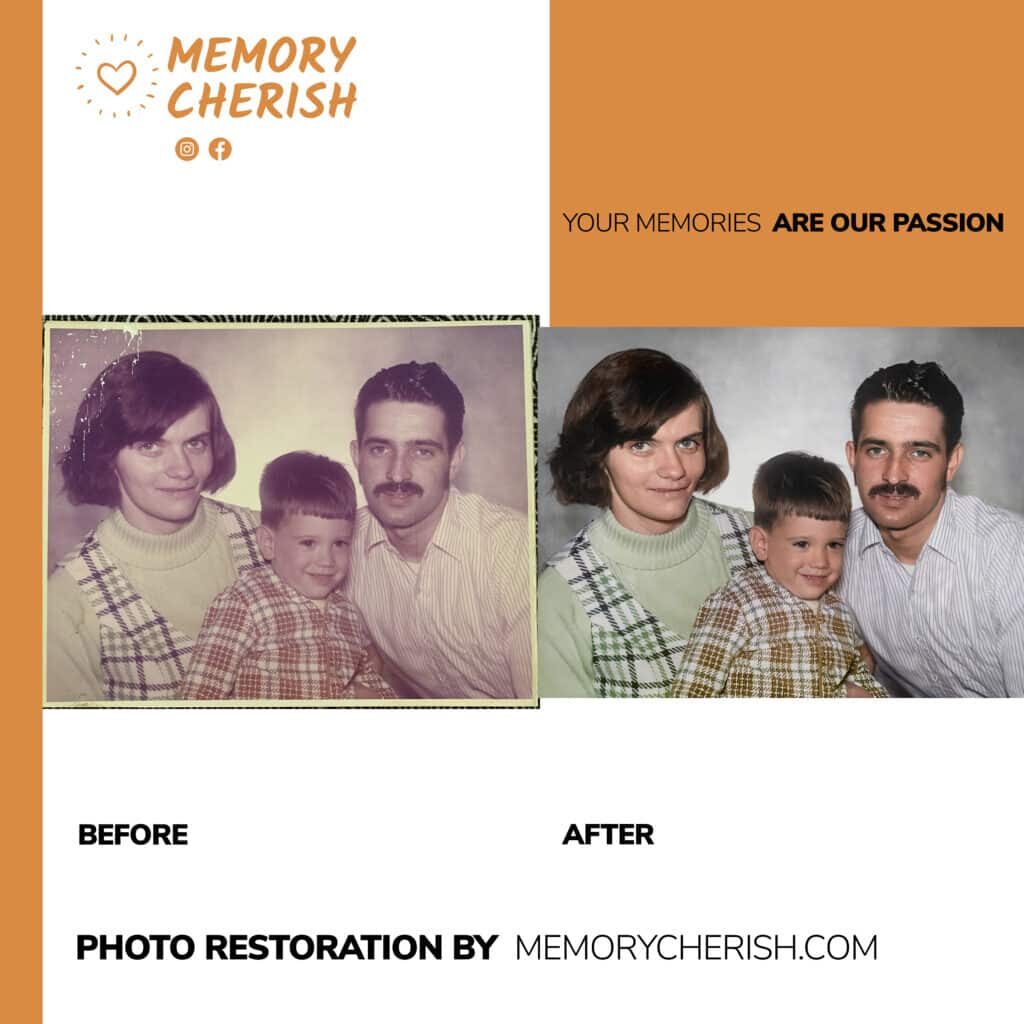
Conclusion
Photo restoration is more than just a technical process. It’s a journey back in time, a way to reconnect with our past and preserve it for the future. From personal memories to historical archives, every photo tells a story that deserves to be remembered, cherished, and shared.
Restoring old photos breathes new life into these stories. It takes us on a nostalgic journey, rekindling emotions and reviving connections. Moreover, it safeguards our history, ensuring that our collective memory continues to enlighten and inspire future generations.
By restoring your old photos, you’re not just preserving an image; you’re preserving a piece of your heritage, a slice of history that holds a unique place in your heart. With services like MemoryCherish, this process becomes accessible to everyone, from individuals looking to revive their family heirlooms to institutions aiming to conserve historical records.
So, don’t let your precious memories fade away. Take action today. Restore your old photos, relive your cherished moments, and pass them on as a legacy for future generations. After all, every picture has a story to tell, and every story deserves to be told.
FAQ
Q1: What is photo restoration?
Photo restoration is a process that involves repairing and restoring old or damaged photos. This can include fixing tears, removing stains, correcting color, and even recreating missing parts of the image.
Q2: Why should I restore old photos?
Old photos often hold immense emotional and historical value. Restoring them allows you to preserve these cherished memories and important records for future generations. It also provides a way to share these photos digitally and ensure they are not lost to time or further physical damage.
Q3: Can I restore photos myself?
Yes, you can attempt to restore photos yourself if the damage is minimal. There are various online tutorials and photo editing software available. However, for severe damage or historically significant photos, it’s recommended to use professional photo restoration services.
Get Your Photos Restored Today!
Discover the beauty of your old memories and get your photos restored today! Bring those moments back to life with our easy and convenient restoration service.





